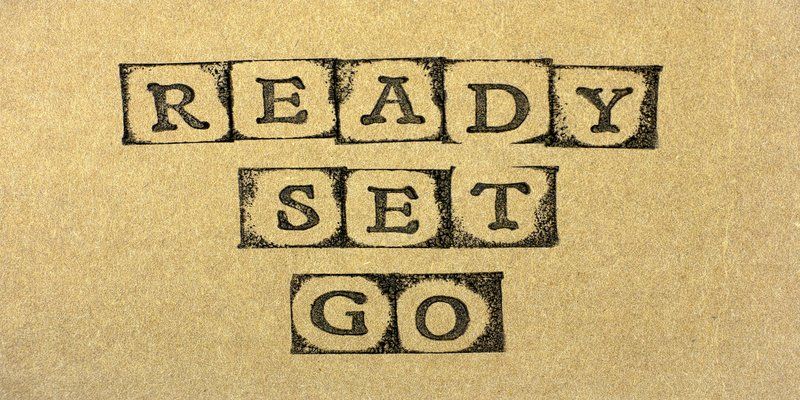Tips On Writing An Offer
Are you ready to write an offer on a new property? Here are a few tips that will help make your financing of that property a little smoother:
Be Prepared
Many lenders now require all documents up front. If you do not have all of the required documents on hand, make sure to gather them ASAP. This is the most common cause for delay.
They will likely be calling your employer to verify your employment details. Ensure this person will be available and can confirm the details.
Timing is everything
Try to leave yourself enough time for subject removal as well as closing. It is much easier to move up the dates, than it is to extend them.
Some lenders offer “Quick Close” rates for deals closing within 30-60 days. Most rates are held for up to 120 days.
If an appraisal is required, this can add an extra day or two to the financing condition.
If you are able to put your closing and subject removal dates in the middle of the week, it saves a lot of headache in case they end up having to get extended.
Property
Most lenders will only accept the value of the house, plus 5-10 acres. Be sure to get advice prior to writing an offer on a property that has acreage and/or outbuildings
Some lenders also have minimum square footage rules, minimum mortgage amounts and unique property restrictions (log homes, mobiles homes ext)
Condition
“As is where is”, handyman special, fixer-upper are examples of terms that could trigger them requesting more information on the overall condition of the home.
If you are going to reduce the purchase after the home inspection, the lender and insurer must approve the reduction before you remove your subjects. Cash back offerings are not permitted through CMHC and most lenders.
Value
Items that can be taken from the home, cannot be included in the purchase price. If we can confirm that they do not contribute value then we can typically leave them on the contract, otherwise they will have to be removed.
Contact me with any questions or concerns.







